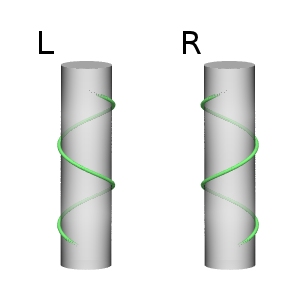Vine
(Redirected from Vines)
Vine
A vine is any plant with a growth habit of trailing or climbing stems, lianas, or runners. The word "vine" can also refer to such stems or runners themselves, for instance, when used in viticulture (grape-growing) or horticulture.
Growth Habits
Vines can be divided into two broad categories: those that twine around a support and those that use tendrils or other structures to attach themselves to a support. Twining vines, such as morning glory and honeysuckle, wrap their stems around a support. Tendril-bearing vines, such as grapevines and passionflowers, use specialized structures to grip onto supports.
Types of Vines
Climbing Vines
Climbing vines are plants that grow upwards by attaching themselves to a support structure. They can be found in many environments, from tropical rainforests to temperate woodlands. Some common climbing vines include ivy, wisteria, and clematis.
Twining Vines
Twining vines grow by wrapping their stems around a support. This type of growth is common in many species, including morning glory and honeysuckle. Twining vines can be either clockwise or counterclockwise in their growth pattern.
Tendril-Bearing Vines
Tendril-bearing vines use specialized structures called tendrils to attach themselves to supports. These tendrils can be modified leaves, stems, or inflorescences. Examples of tendril-bearing vines include grapevines and cucumbers.
Lianas
Lianas are woody vines that are rooted in the ground and use trees as support to climb up to the canopy. They are a common feature of tropical rainforests and can be very large and heavy. Lianas include species such as rattan and Fockea edulis.
Ecological Role
Vines play a significant role in their ecosystems. They can provide food and habitat for a variety of animals, including birds, insects, and mammals. Vines can also affect the structure of the plant community by competing with trees and shrubs for light and nutrients.
Human Uses
Vines have been used by humans for various purposes throughout history. They are cultivated for their fruits, such as grapes and kiwifruit, and for ornamental purposes in gardens and landscapes. Some vines, like Momordica charantia, are used in traditional medicine.
Related Pages
Transform your life with W8MD's budget GLP-1 injections from $125.
W8MD offers a medical weight loss program to lose weight in Philadelphia. Our physician-supervised medical weight loss provides:
- Most insurances accepted or discounted self-pay rates. We will obtain insurance prior authorizations if needed.
- Generic GLP1 weight loss injections from $125 for the starting dose.
- Also offer prescription weight loss medications including Phentermine, Qsymia, Diethylpropion, Contrave etc.
NYC weight loss doctor appointments
Start your NYC weight loss journey today at our NYC medical weight loss and Philadelphia medical weight loss clinics.
- Call 718-946-5500 to lose weight in NYC or for medical weight loss in Philadelphia 215-676-2334.
- Tags:NYC medical weight loss, Philadelphia lose weight Zepbound NYC, Budget GLP1 weight loss injections, Wegovy Philadelphia, Wegovy NYC, Philadelphia medical weight loss, Brookly weight loss and Wegovy NYC
|
WikiMD's Wellness Encyclopedia |
| Let Food Be Thy Medicine Medicine Thy Food - Hippocrates |
Medical Disclaimer: WikiMD is not a substitute for professional medical advice. The information on WikiMD is provided as an information resource only, may be incorrect, outdated or misleading, and is not to be used or relied on for any diagnostic or treatment purposes. Please consult your health care provider before making any healthcare decisions or for guidance about a specific medical condition. WikiMD expressly disclaims responsibility, and shall have no liability, for any damages, loss, injury, or liability whatsoever suffered as a result of your reliance on the information contained in this site. By visiting this site you agree to the foregoing terms and conditions, which may from time to time be changed or supplemented by WikiMD. If you do not agree to the foregoing terms and conditions, you should not enter or use this site. See full disclaimer.
Credits:Most images are courtesy of Wikimedia commons, and templates, categories Wikipedia, licensed under CC BY SA or similar.
Contributors: Prab R. Tumpati, MD





